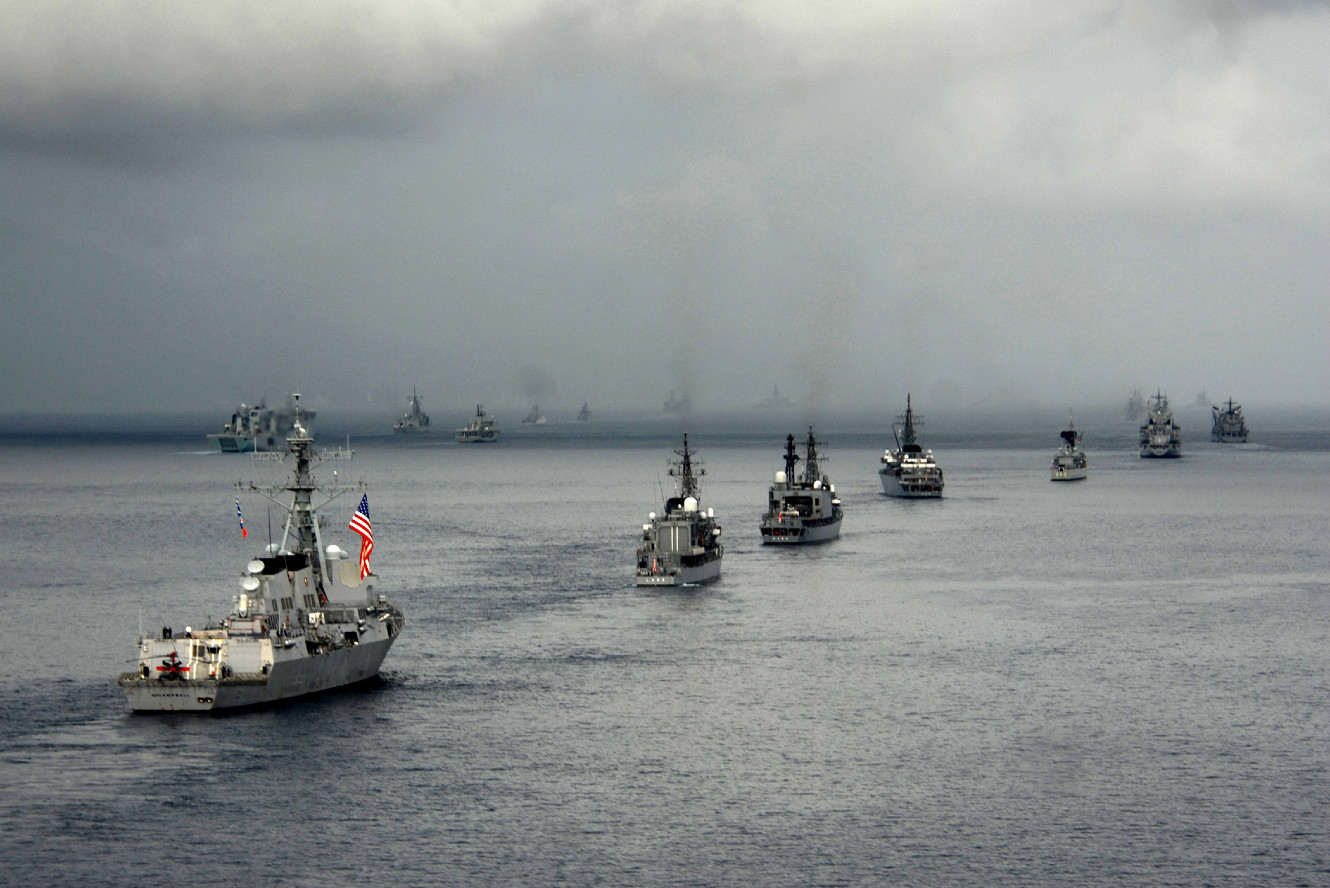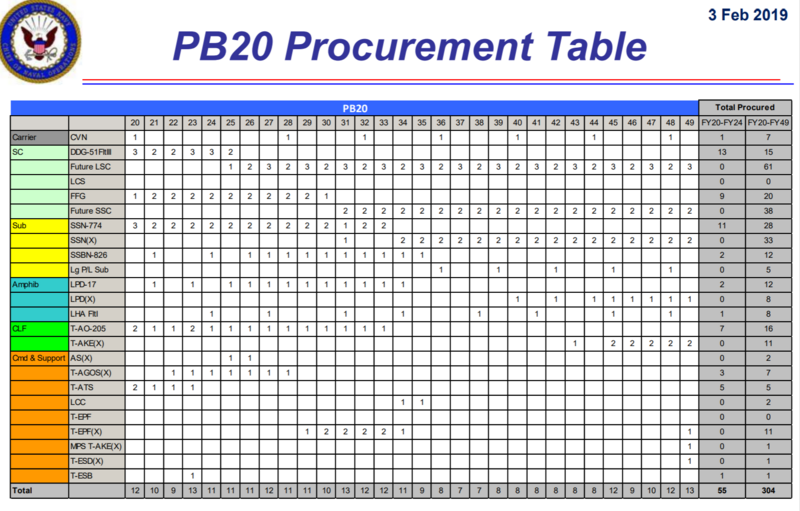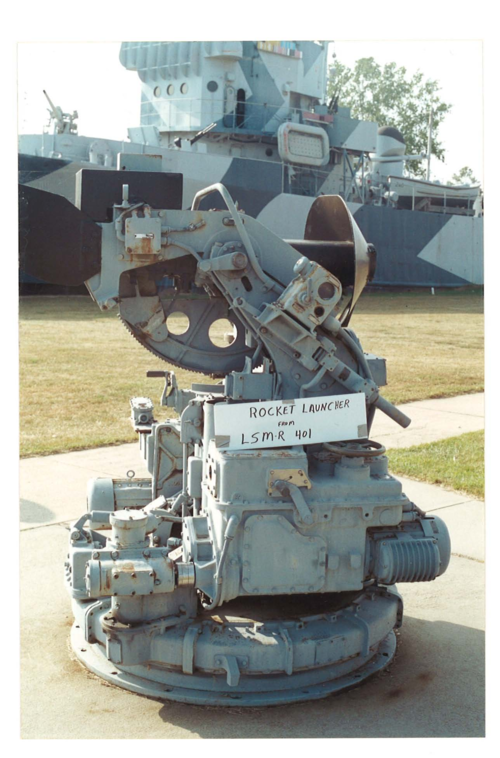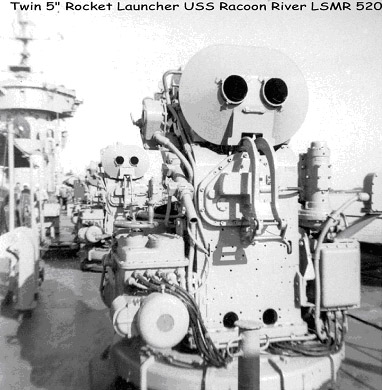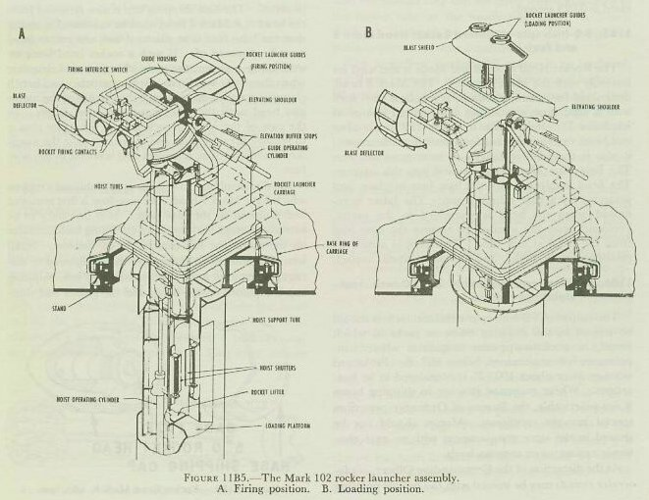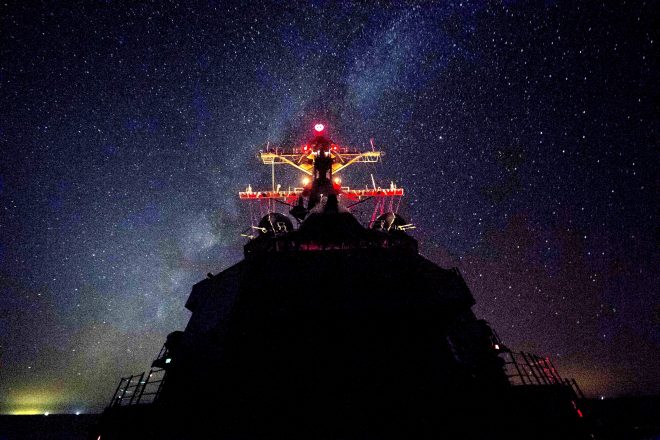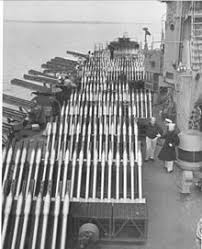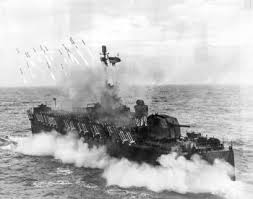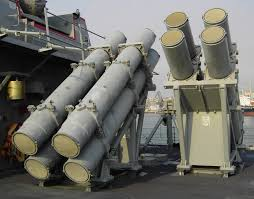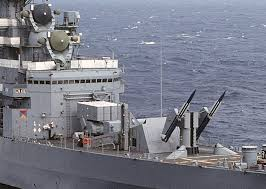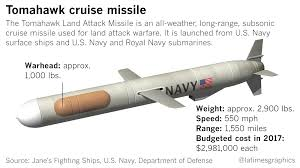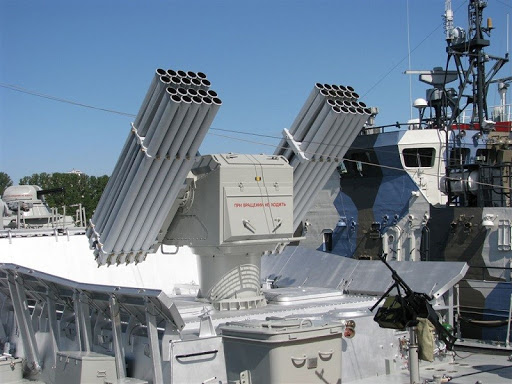Following congressional concern that the Navy was moving too fast on the program, the service delayed the acquisition timeline for the first LSC. Previously, the Navy had been planning on buying the first LSC in FY-25.
Despite the LSC program's "repeated delays," the Navy's plan calls for buying fewer DDG-51 Flight III destroyers in recent budget submissions, the explanatory statement accompanying the Senate committee's bill reads.
"The Navy . . . has not delineated a clear acquisition path for large surface combatants following the conclusion of the current DDG-51 Flight III destroyer multi-year procurement contract in fiscal year 2022," the explanatory statement adds.
The committee does not support the proposed increase in funding for the LSC program, "to include $17,100,000 in preliminary design efforts," without a clear understanding of the program's force structure requirements and acquisition strategies, the panel's report reads.
The committee wants the assistant secretary of the Navy for research, development and acquisition to provide lawmakers with updated acquisition strategies for each element of the service's Surface Capability Evolution Plan in the FY-22 defense budget request.
The committee also calls on the Navy comptroller to provide updated cost estimates for each element of the SCEP, and to certify that full funding is in the budget request for each respective acquisition strategy of the SCEP elements.
The Navy is only planning to procure four DDG-51 Flight III destroyers from FY-23 to FY-25, the committee stated, which is below the 2.4-ships-per-year multiyear procurement deal the Navy currently has.
"The Committee finds this inconsistent with previously stated shipbuilding objectives and believes that the lack of a predictable and stable acquisition strategy for large surface combatants undercuts naval maritime superiority and injects risk into the industrial base," the explanatory statement said.
The committee recommended an additional $130 million in advance procurement for an additional DDG-51 Flight III destroyer in FY-22.

www.defensenews.com


